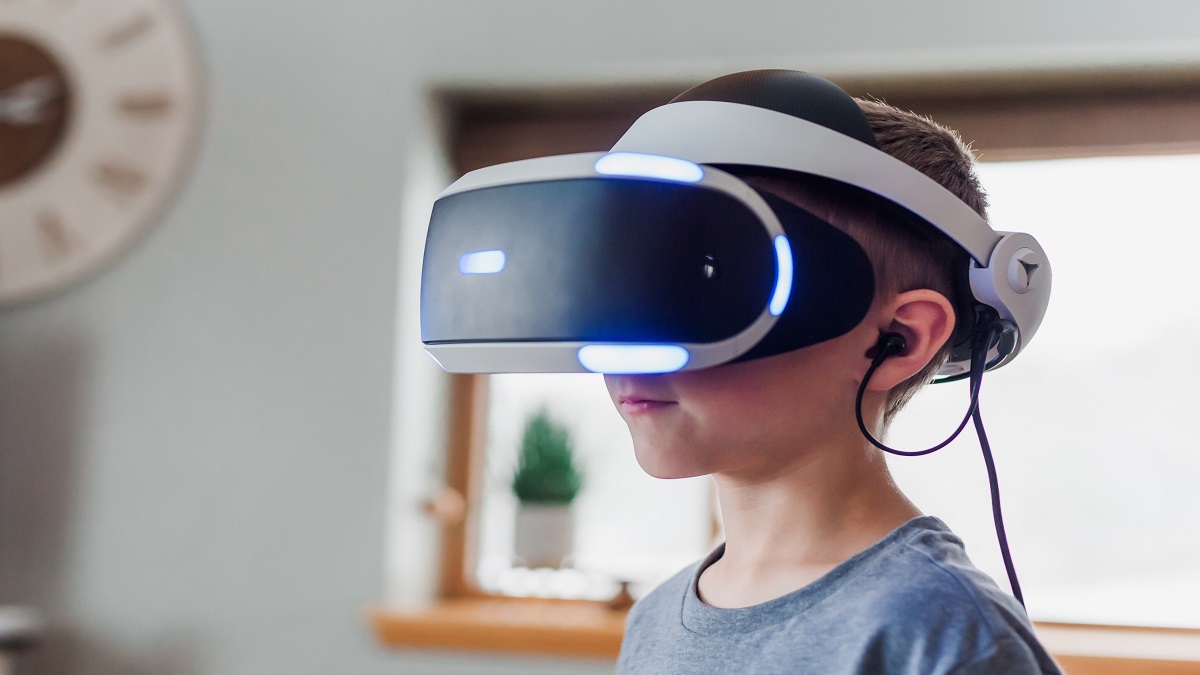Differences Between Augmented Reality (AR) and Virtual Reality (VR)
Differences Between Augmented Reality (AR) and Virtual Reality (VR)
Augmented Reality (AR):
Definition: AR blends the digital and physical worlds to create an artificial environment. It involves displaying digital components in the real world using apps developed for mobile or desktop.
Example: AR is used in sports broadcasts to show score overlays and in various apps to display 3D photos, text messages, and emails.
How it Works: AR utilizes computer vision, mapping, and depth tracking to show relevant digital content in real-time. Users can experience it with smartphones or special hardware.
Advantages:
- Individualized learning
- Fostering the learning process
- Innovation and continuous improvement
- Increased accuracy
- Shared experiences over long distances
Disadvantages:
- Expensive implementation
- Lack of privacy
- Low-performance level of devices
- Potential mental health issues
- Security concerns
- Health risks like eye problems and obesity with excessive use.

Virtual Reality (VR):
Definition: VR is a computer-generated simulation of an alternate world or reality. It creates immersive experiences using 3D movies, video games, and various applications.
How it Works: VR focuses on simulating vision, requiring users to wear a headset that eliminates interaction with the real world. It employs visual, auditory, and haptic stimulation for an immersive experience.
Advantages:
- Immersive learning
- Interactive environments
- Increased work capabilities
- Convenience
- Creation of realistic worlds for exploration
- Enhanced education experience
Disadvantages:
- Limited interaction with virtual environments
- Escapism and potential disconnection from real-world issues
- Simulated training may not fully translate to real-world success.
Thank you, Vishnukanth for the Information about Augmented reality and Virtual reality, The Choice between AR and VR depends on the required application. Augmented reality is perfect for improving real-world experiences and tasks while virtual reality will create a fully immersive creation for 3D movies, PlayStation Video games, and various innovative applications for the future.

